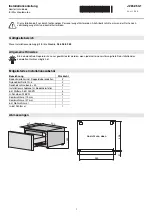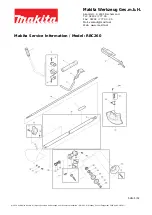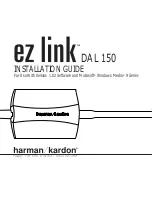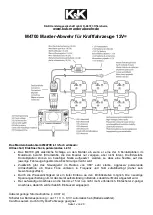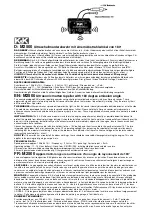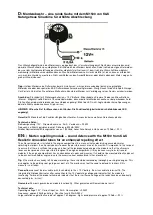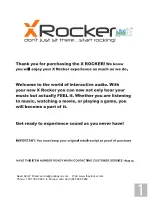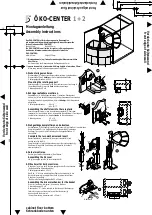
H
I
R
OLLER
- B
ELT
C
ONVEYORS
8. T
ROUBLESHOOTING
H
I
R
OLLER
, M
INI
R
OLLER
, L
O
R
OLLER
& H
I
L
IFE
P115506 R3
117
8. Troubleshooting
Table 8.1 Belt Tracking
Problem
Cause/Solution
1. All portions of the conveyor belt running to
one side at a given point on the structure.
Idlers immediately preceding trouble point
are not at right angles to the belt direction.
• square idlers
• advance, in the direction of belt travel,
the end of the idler that the belt has
shifted
2. Conveyor frame or structure crooked or not
square.
• stretch string along edge to determine
extent of misalignment and correct
3. Sticking
idlers.
• clean and lubricate
4. Belt runs off terminal pulley.
• check terminal pulley alignment
• check alignments of idlers approaching
terminal pulley
5. Build up of material on idlers.
• clean them
6. Structure not level and belt tends to shift to
low side.
• level structure
7. Particular
section
of the conveyor belt runs
to one side at all points of the conveyor.
• belt not joined square—square ends
and re-splice properly
8. Bowed
belt.
• adjust tension or replace
9. Conveyor belt runs to one side for long
distance bed.
• load being placed on belt off-center;
adjust chute and loading conditions
10. Conveyor frame or structure crooked.
• straighten
11. Belt is erratic - does not follow a pattern.
• belt too stiff to train, use more trougha-
ble belt
• increase tension to get belt to conform
to the crown of the pulleys
• use more flexible belt on replacement
• tilt troughing idlers forward, but not over
2°
• correct loading first - other causes can
then be identified and corrected
Problem
Effect
Solution
1. Bearing failures -
head, tail, tripper,
and other terminal
pulley bearings.
• bearings failing prema-
turely
• lubrication recommendations
need to be reviewed; see manu-
facturer’s specifications
• lubrication schedule needs to be
reviewed; see manufacturer’s
specifications
• end-thrust is causing
bearing failures
• properly install bearing to elimi-
nate end-thrust on bearings
































